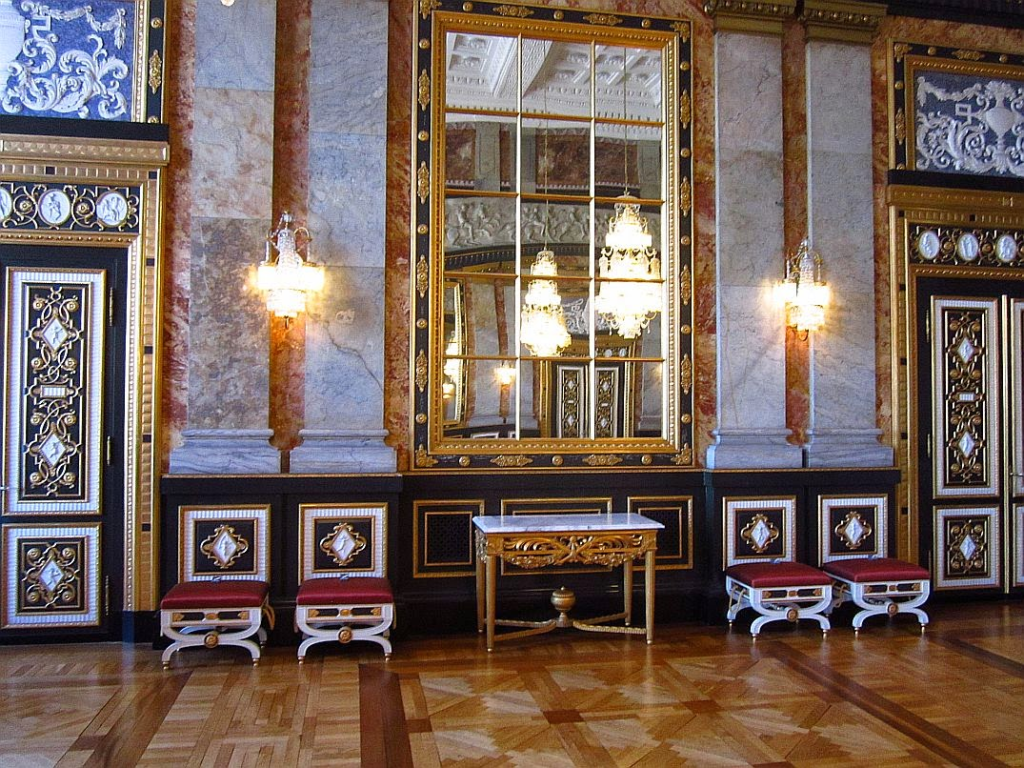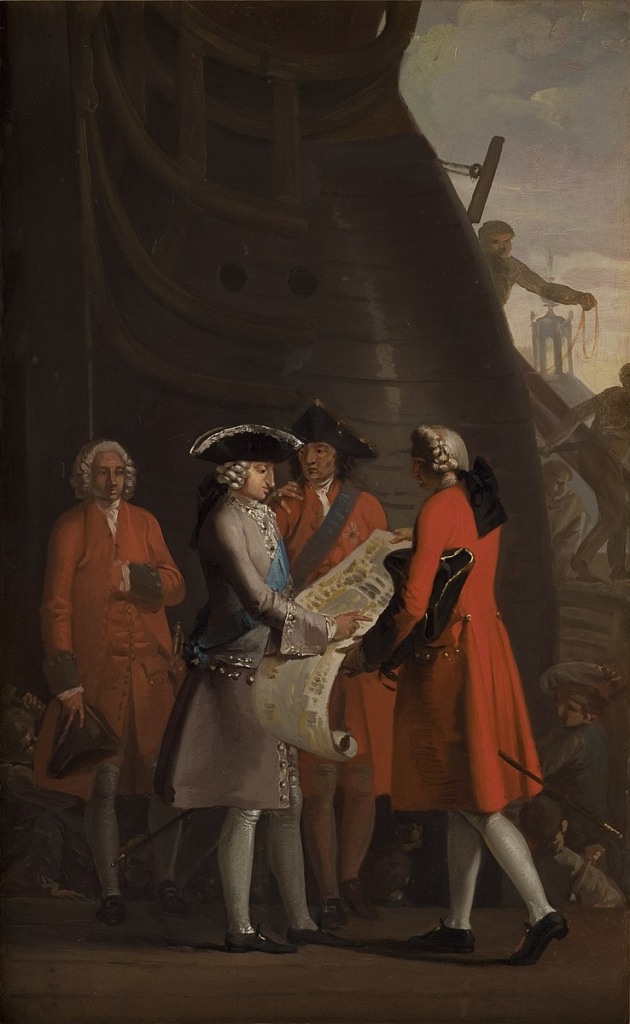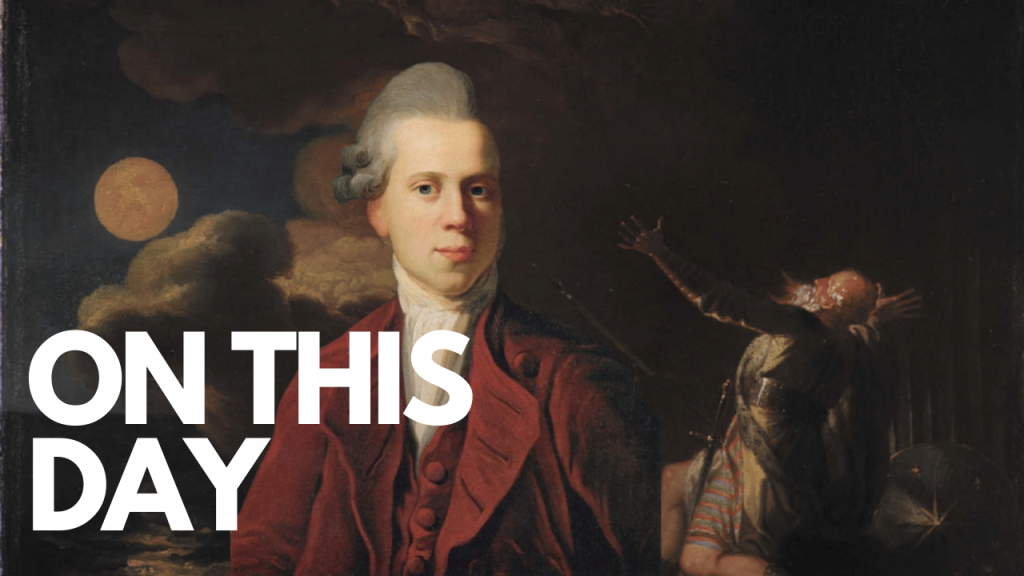Nicolai Abildgaard: A Pioneer of Danish Neoclassical Art
Nicolai Abraham Abildgaard, born on September 11, 1743, in Copenhagen, Denmark, is considered one of the most influential figures in Danish Neoclassical art. Known for his versatile talents, Abildgaard made significant contributions as a painter, sculptor, and architect. His work played a crucial role in shaping the cultural landscape of Denmark in the late 18th and early 19th centuries. This article delves into Abildgaard’s life, his artistic achievements, and his lasting influence on European art.
Early Life and Education
Nicolai Abildgaard was born into a creative family; his father was a painter and antiquarian, which deeply influenced his early interest in the arts. He began his formal education at the Royal Danish Academy of Fine Arts in Copenhagen, where he studied under the renowned artist Johan Edvard Mandelberg. After completing his studies, Abildgaard received a prestigious grant that allowed him to travel and study in Italy and France—a formative experience that exposed him to the Neoclassical style and the works of Jacques-Louis David.

Artistic Style and Themes
Abildgaard’s artistic style is a blend of Neoclassicism and Romanticism, characterised by dramatic compositions, strong emotions, and a deep appreciation for classical antiquity. His works often drew upon mythological and historical themes, using these subjects to comment on contemporary social and political issues.

Some of his most well-known paintings include “Wounded Philoctetes” (1775), which showcases his mastery of human anatomy and emotional depth, and Richard III, where he explored the themes of martyrdom and political unrest, influenced by the French Revolution. His depiction of classical subjects is not merely decorative but imbued with symbolic meaning, often reflecting his views on freedom and justice.

Influence on Danish Art
As a professor at the Royal Danish Academy of Fine Arts, Abildgaard became a mentor to many prominent Danish artists, including Bertel Thorvaldsen, a celebrated sculptor. He emphasised the importance of studying classical antiquity, encouraging his students to pursue an idealised representation of the human form while also urging them to explore new forms of expression.
Abildgaard was also instrumental in advancing the field of Danish architecture. He designed the interiors of several important buildings in Copenhagen, including Christiansborg Palace, demonstrating his versatility as an artist. His architectural designs were grounded in classical principles, which helped shape the city’s aesthetic during his time.

Political Engagement and Censorship
An outspoken critic of the monarchy, Abildgaard often used his art to subtly challenge authority. This stance led to periods of tension with the Danish court, particularly after his satirical painting, “The Danish Constitution” (1794), which was censored due to its controversial political message. Despite this, Abildgaard continued to push boundaries, expressing his support for the ideals of the French Revolution and advocating for greater artistic freedom.

Later Years and Legacy
In his later years, Abildgaard focused more on teaching and writing. He was deeply engaged in promoting the cultural and intellectual development of Denmark. His influence extended beyond his lifetime, with his students and contemporaries continuing to champion the ideals he espoused in both art and architecture.
Nicolai Abildgaard passed away on June 4, 1809, leaving behind a profound legacy. Today, his works can be found in major collections, including the National Gallery of Denmark. Abildgaard’s ability to blend classical ideals with a deep emotional resonance remains a hallmark of his enduring appeal.





